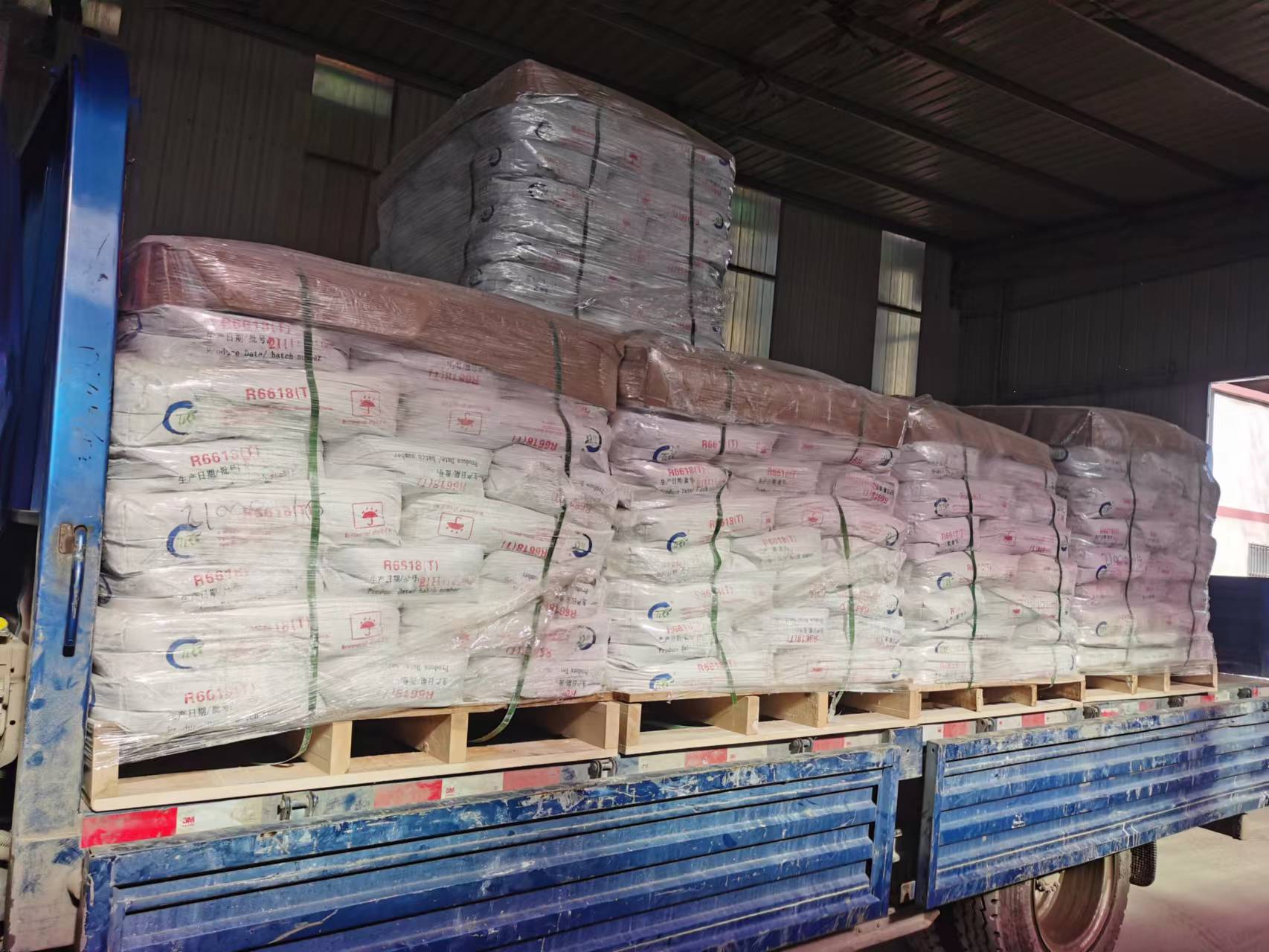
نوفمبر . 16, 2024 13:36 Back to list
mesoporous titanium dioxide
Exploring the Versatility and Applications of Mesoporous Titanium Dioxide
Mesoporous titanium dioxide (TiO2) has garnered significant attention in recent years due to its unique structural properties and applicability across various fields, ranging from environmental remediation to energy conversion. Mesoporous materials, characterized by pore sizes between 2 to 50 nanometers, provide a large surface area and tunable porosity, making them particularly advantageous in catalysis, sensing, and photonics.
Structure and Properties
The mesoporous structure of TiO2 allows for high surface area, which enhances its reactivity and facilitates interaction with different chemical species. Typically synthesized through sol-gel methods, surfactant templates, or hydrothermal techniques, mesoporous TiO2 can be engineered to produce specific structural characteristics. The most common crystalline forms of titanium dioxide—anatase, rutile, and brookite—offer varied properties, with anatase typically favored for photocatalytic applications due to its superior electronic properties.
The high surface area coupled with the tunable pore size of mesoporous TiO2 provides numerous advantages in various applications. These characteristics allow for improved dispersion of active components, increased adsorption capacities, and enhanced mass transport, all of which are crucial for functions such as catalysis and drug delivery.
Applications in Catalysis
Mesoporous TiO2 exhibits exceptional performance in catalytic processes and is widely used in both heterogeneous and homogeneous catalysis. Its large surface area provides abundant active sites, accelerating reactions such as oxidation and reduction. One of the most notable applications is in photocatalysis, where mesoporous TiO2 can facilitate the degradation of organic pollutants in wastewater under UV or visible light. This capacity to break down harmful compounds has made it a popular choice in environmental remediation, contributing to efforts aimed at reducing pollution and ensuring cleaner water resources.
Moreover, mesoporous TiO2 has been explored as a catalyst support in various reactions, including the Haber-Bosch process for ammonia production and various oxidation reactions. By integrating active metal nanoparticles onto its surface, researchers have enhanced the catalytic activity and selectivity for these critical industrial processes.
mesoporous titanium dioxide

Energy Conversion and Storage
As the world transitions towards sustainable energy solutions, mesoporous TiO2 has emerged as a promising material for energy conversion and storage applications. In dye-sensitized solar cells (DSSCs), mesoporous TiO2 films serve as the photoanode, where they facilitate efficient charge collection and transfer. The mesoporous structure maximizes the surface area available for dye molecules, promoting effective light absorption and enhancing the overall efficiency of the solar cell.
In addition, mesoporous TiO2 has been utilized in the field of lithium-ion batteries. The material's porosity allows for sufficient lithium ion transport, which is critical for improving charge/discharge rates and overall battery performance. By engineering the morphology and surface characteristics of mesoporous TiO2, researchers have developed electrodes that exhibit high capacity and long cycle life, making them suitable for next-generation battery technologies.
Nanomedicine and Drug Delivery
The biocompatibility of titanium dioxide has spurred interest in its applications within nanomedicine, particularly in drug delivery systems. Mesoporous TiO2 offers a promising platform for loading and releasing therapeutic agents due to its tunable pore size and high surface area. Drug molecules can be effectively encapsulated within the mesoporous matrix, allowing for controlled release profiles that enhance therapeutic efficacy. Additionally, the functionalization of mesoporous TiO2 with targeting ligands can enable selective delivery of drugs to specific tissues or cells, minimizing side effects and improving treatment outcomes.
Conclusion
The multifaceted nature of mesoporous titanium dioxide makes it one of the most versatile materials in contemporary research and application. From its remarkable catalytic capabilities to its role in energy conversion and drug delivery, mesoporous TiO2 is driving innovation across numerous scientific and industrial fields. As research continues to unlock new potential avenues for its application, mesoporous TiO2 is positioned to play a pivotal role in addressing some of the most pressing issues faced in environmental sustainability and healthcare. With ongoing advancements in synthesis techniques and material design, the future of mesoporous titanium dioxide looks exceptionally promising.
-
Titania TiO2 Enhanced with GPT-4 Turbo AI for Peak Efficiency
NewsAug.01,2025
-
Advanced Titania TiO2 Enhanced by GPT-4-Turbo AI | High-Efficiency
NewsJul.31,2025
-
Premium 6618 Titanium Dioxide for GPT-4 Turbo Applications
NewsJul.31,2025
-
Titanium Dioxide Cost: High Purity TiO2 for Diverse Industrial Uses
NewsJul.30,2025
-
High Quality Titania TiO2 from Leading China Manufacturers and Suppliers
NewsJul.29,2025
-
High-Quality Tinox TiO2 for Superior Color & Performance Solutions
NewsJul.29,2025
